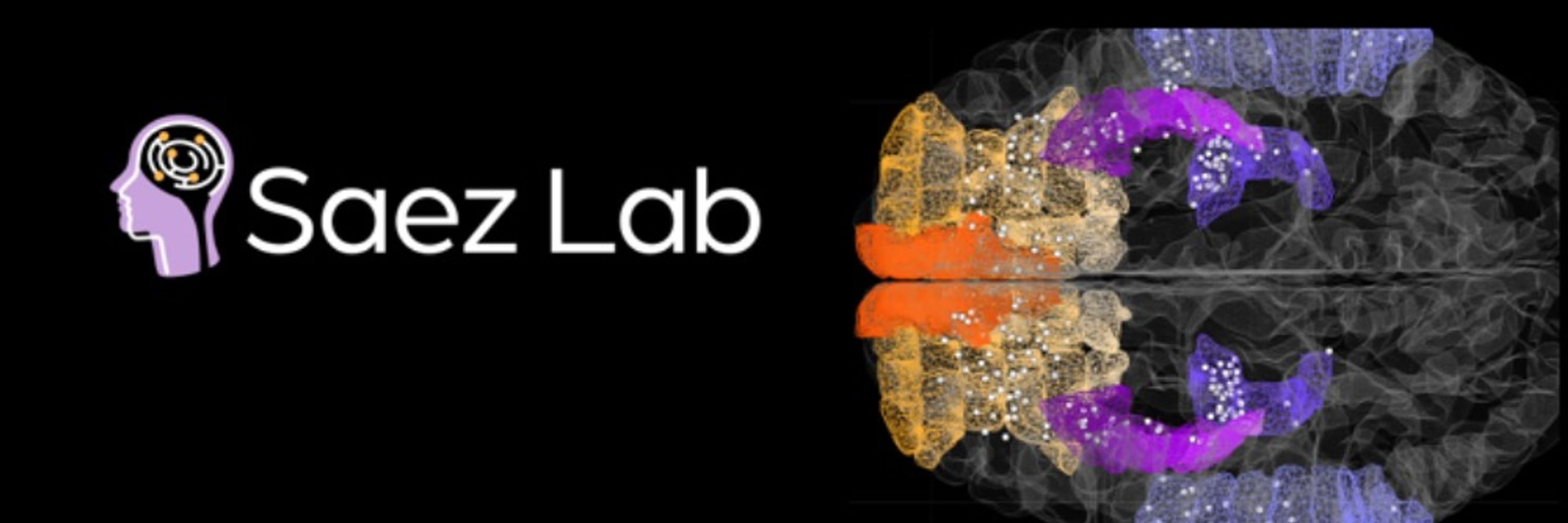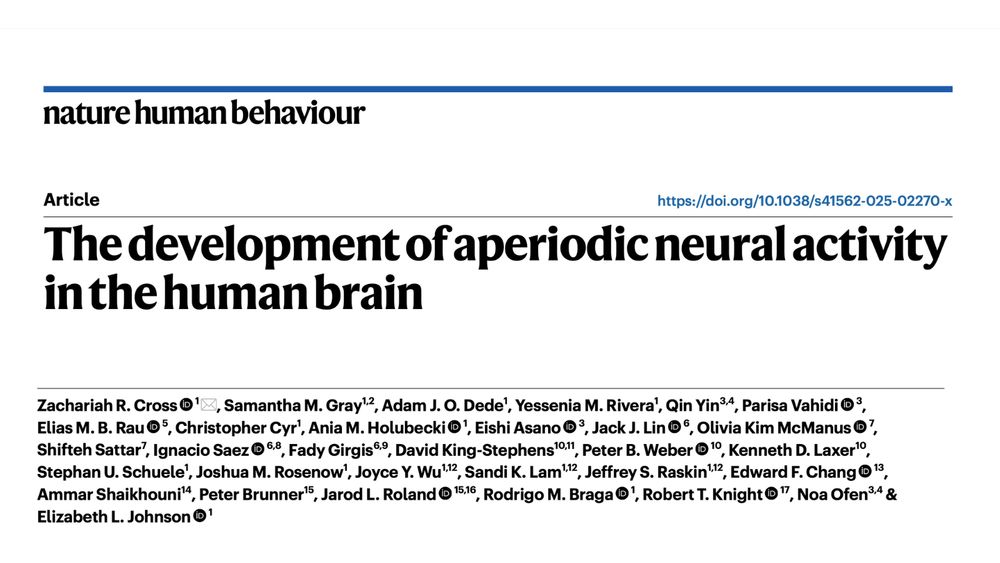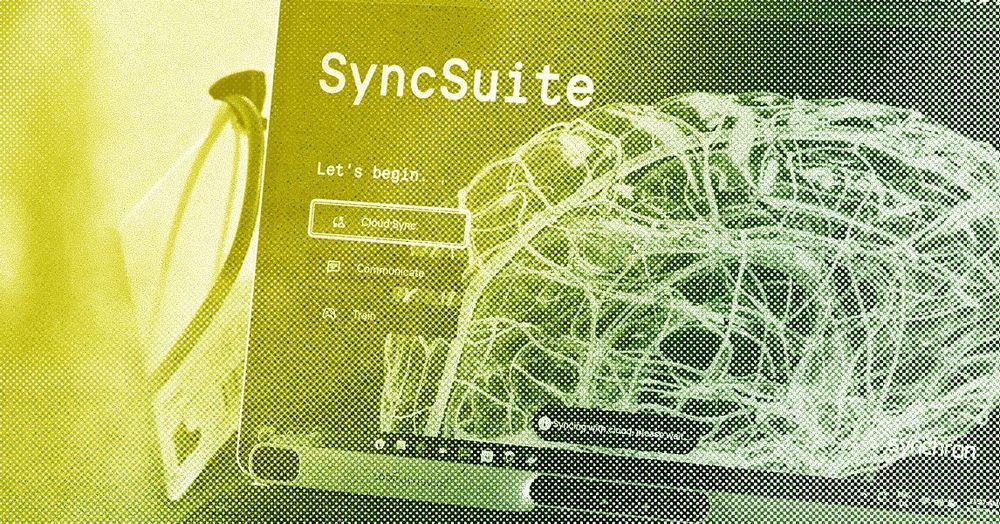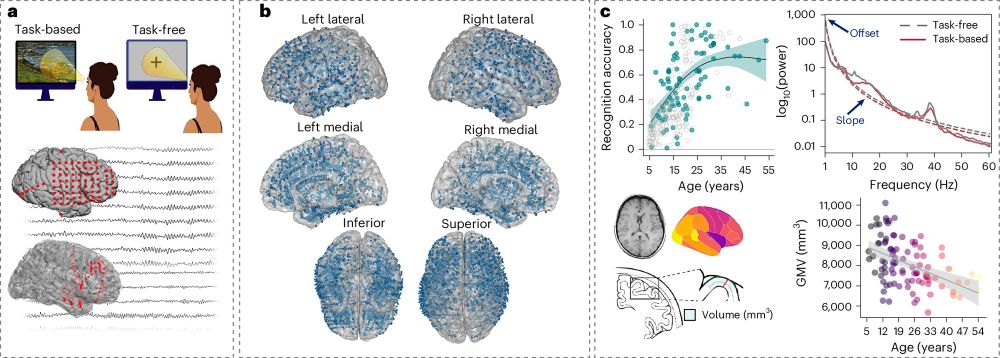Ignacio Saez, PhD
@ignaciosaezphd.bsky.social
760 followers
220 following
80 posts
Associate Professor at Icahn School of Medicine at Mount Sinai. | Harnessing neurotechnology to explore human brain states & advance neurotherapies for mental health. thesaezlab.com
Posts
Media
Videos
Starter Packs
Pinned
Reposted by Ignacio Saez, PhD
Reposted by Ignacio Saez, PhD
PsyPost
@psypost.bsky.social
· May 19

Surprisingly widespread brain activity supports economic decision-making, new study finds
A new study using direct brain recordings reveals that human economic decision-making is not localized to a single brain region. Instead, multiple areas work together, with high-frequency activity encoding risk, reward probability, and the final choice itself.
www.psypost.org



















